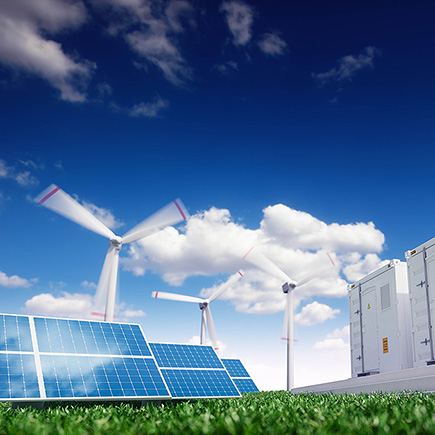As renewable technologies continue to penetrate global energy markets, one of the pressing challenges is how to best complement these sources of variable generation to ensure demand is met at all times.
At the same time, developers are looking to maximise the use of grid connections and reduce infrastructure costs to compete in a subsidy-free market.
Increasingly, hybrid projects involving multiple renewable energy technologies and/or energy storage are viewed as an effective method of optimising Levelized Cost of Energy (LCOE) and managing peaks and troughs in supply and demand. Selecting the optimal combination of technologies and sizing them appropriately is key to maximising the benefit of co-location.
While battery storage has recently seen significant growth in the UK, competition for lucrative frequency response contracts is high and successful projects require complex revenue stacking. Uncertainty over long-term revenues and technology performance continue to deter many traditional renewable energy investors. This case study focuses on co-location of two highly established technologies: onshore wind and solar PV.
Key questions explored in this case study include:
- How much generation is lost to curtailment when sharing a grid connection?
- What is the optimum ratio between solar PV and wind generation capacity?
- What level of IRR (internal rate of return) can be achieved at this site?
- How are the above factors influenced by geography?
Please download the full case study here

